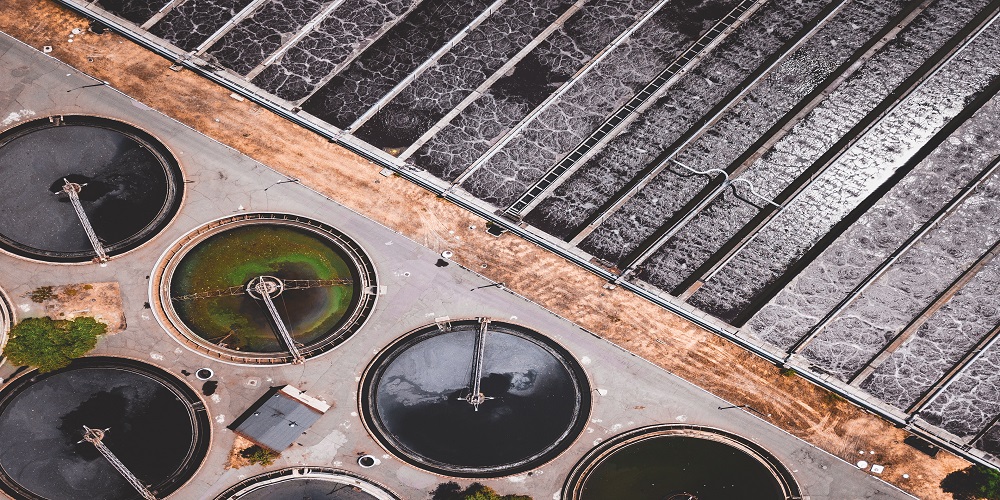A septic tank is a large container that holds wastewater. Wastewater is essentially sewage. Septic tanks are required in areas with an active sewage system. The wastewater is collected in the tank and treated as part of the wastewater treatment process.
In Canada, you’re looking at anywhere from $4,000 to $12,000 for a septic tank installation. The average cost of installing one is around $7,500. The law also requires you to pump the tank completely every 2 years. This, along with other maintenance costs, can increase the total cost of a septic tank.
Compared to most other developed countries, here in Canada, you have strict regulations to follow and requirements to meet when it comes to septic tanks. A lot of environmental codes and health standards apply here. Make sure you have a complete lowdown for your region.
Let’s see what are septic tanks and how they work.

What is a septic tank?
A septic tank is a large container that holds wastewater from your home. It contains bacteria, nutrients, and other organic material that help break down waste. The tank sits on the ground outside your home, and it’s connected to your house’s sewer line by a pipe called a leach field.
A septic tank can be either above ground or below ground.
An above-ground septic tank is filled with water and connected to a drain field that collects excess water from rain and snowmelt, usually through pipes buried underground. A below-ground septic tank is filled with soil or gravel and connected to a drain field that collects excess water from rain and snowmelt, usually through pipes buried underground.
The leach field is made of layers of soil that allow water to soak into the ground but keep solids from getting through. Once the water reaches the leach field, it flows out into a drainfield or drainfield system, which is another set of layers in your yard designed to prevent solids from getting through to the main sewer line.
The drainfield then connects to an open channel (also known as a launder) that travels underground until it reaches another drainfield or drainfield system at an outfall. From there, solids will be picked up by wastewater treatment plants or natural systems like lakes and rivers.
How does a septic tank work?
A septic tank consists of two parts: the holding tank and its lid or cover. The holding tank stores water in order to prevent sewage from backing up into your house during heavy rains or when you have leaky toilet or sink drains.
A septic tank works by letting water flow freely into it from a drainfield (or retention area), where excess water collects, then flows out of it when needed. The process starts when rainwater falls on top of your property’s soil and percolates down into the ground before flowing into your home’s sewer line.
Wrapping up
When you flush the toilet or hose down your deck or driveway, the wastewater goes into the septic tank. The wastewater then travels to an absorption field where it mixes with soil and other substances.
It’s all part of a larger system that keeps our surroundings clean and waste-free. Find the best Bethany septic tanks at Mike Clark Septics.

